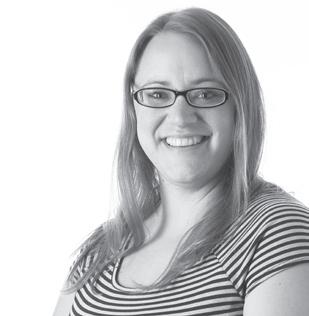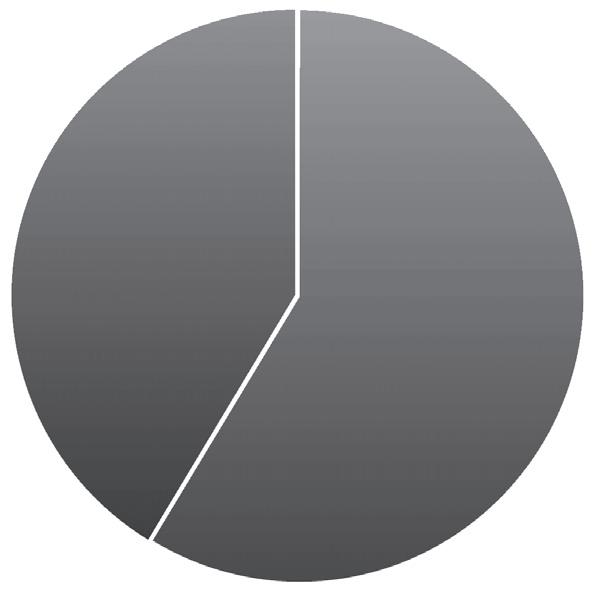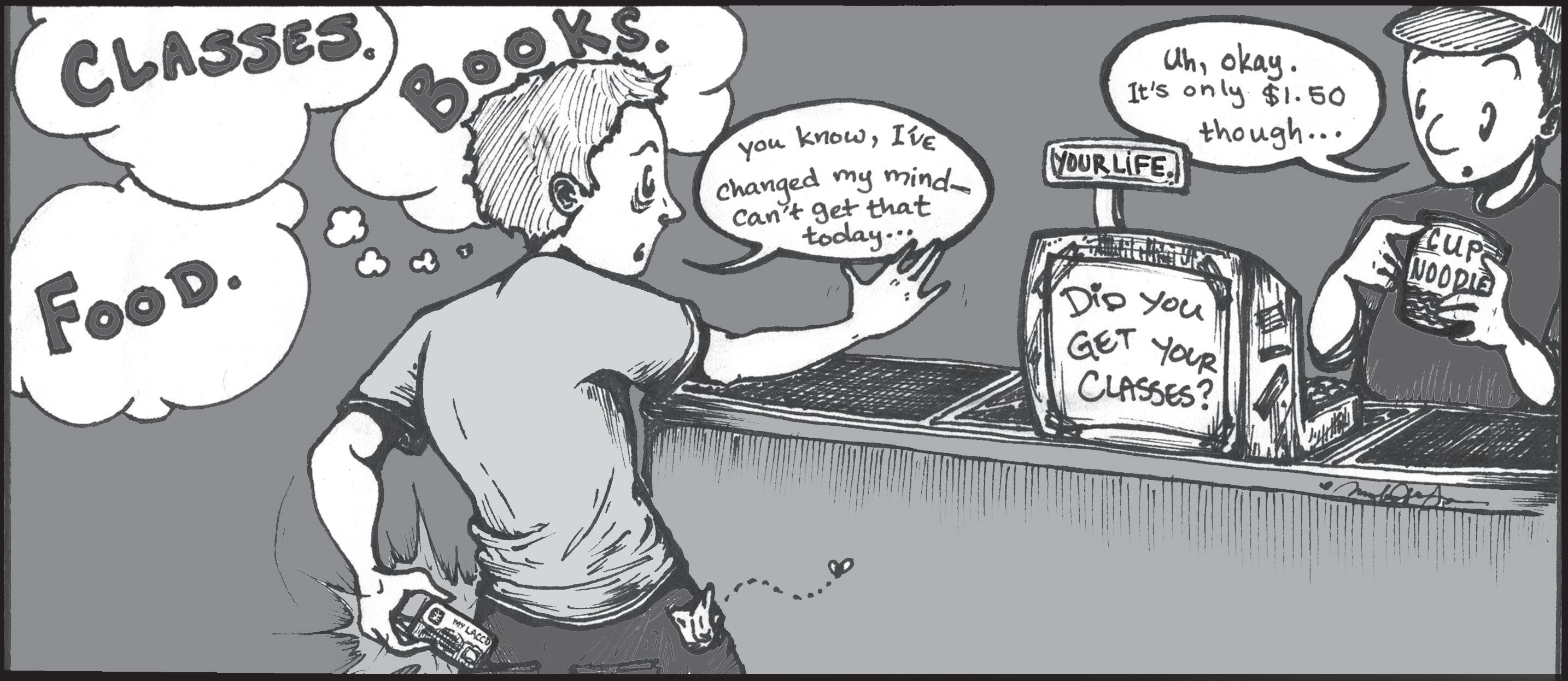
5 minute read
New law neglects old problem


Advertisement
Atwo-tier system that allows California community college officials to charge more than $200 per unit for additional high-demand classes will do little to affect the imbalance between the number of classes offered to the thousands of students enrolled.
The so-called two-tier legislation, “AB 955 Community colleges: intersession extension programs,” was signed into law by Gov. Jerry Brown on Oct. 10. It is a pilot program that creates more expensive general education classes during the winter and summer intersessions through Jan. 1, 2018. It will affect six colleges outside the Los Angeles Community College District (LACCD).
California residents currently pay $138 for a three-unit class. However, if the system is applied to Pierce College, students would have to pay $708. Similarly, for a five-unit class, $230 would increase to $1,180. The amount of money a student has should not be the deciding factor in determining who gets into an English 101 class.
Eloy Ortiz Oakley, superintendent-president of Long Beach Community College, heavily promoted the concept of AB-955 and LBCC will be the first school to implement it.
Depending on the results of the trial program, the state could push the policy to all its community colleges. So, even though Pierce is not affected yet, it could be enticed to follow.
While the policy adds self-sufficient classes to colleges that voluntarily participate, it unfairly singles out students with the money to afford them.
Two-thirds of the money collected from this legislature will go toward supporting the additional classes, while the rest goes to student financial aid.
Though a majority of students at Pierce receive financial aid -- there were 31,906 applications filed in 2012-13, according to Financial Aid Director Anafe Robinson -- and could probably pay the fee if needed, it would take away money that could be spent on necessities like expensive textbooks and food.
Creating new classes isn’t necessarily the best solution for the scarcity of general education classes in California community colleges. Instead of making students pay more for these extra classes, school officials should focus on improving access to existing low tuition classes.
Also, the law isn’t an effective way to regulate the number of hopeful students who persistently stand outside general education classes by the hundreds and disrupt lectures on the first days of school.
The creators and supporters behind the two-tier law mean well, but to truly solve the problem of a lack of classes, a more thought-out regulation is needed.
Biking and skating rules on campus
there are ways to make biking and skateboarding safe on campus.
Kate Noah knoah.roundupnews@gmail.com
The distance from one Pierce class to another is often difficult to cover on foot if a student has classes back-to-back, so bikes and skateboards should be allowed to help students get to class on time.
Would students obtain a four-year degree from Pierce?
What would be students’ deciding factors?

* Answers out of 75 responses from students on campus with a median of three semesters left at Pierce College.
-Corrections-
Issue 5
Volume 119
Page 5: Michael Hovance is playing the role of El Gallo. Page 6: In the bottom photo caption, the trainer’s name is Erika Artman and her horse’s name is Vainilla.
Riding is forbidden on campus, but signs containing the anti-biking and skateboarding laws are not prominently displayed, and many students do not know the laws are in place.
For this reason, people ride around campus daily and don’t watch where they’re going, rushing around corners and often coming close to careening into pedestrians.
If there were designated areas around campus, riders would be happy to acquiesce and ride in the allotted space, much like a majority of the smokers on campus who light up only in the parking lots where smoking is permitted.
Certainly, safety hazards are avoided with the current policy, but
For example, Pierce has a large foliage area that runs the length of the Mall. While the bushes are a nice touch of scenery, a bike lane could easily fit in that space and be much more useful to students.
The Mall is not the only area where it would be easy to add a lane for bikes and skateboards. The campus is open and surrounded by large grassy areas. It wouldn’t take a lot of space to add another path for students on wheels.
If a student has a class on the Art Hill directly followed by one in the Village, the chances that they will make it to the second class on time are slim and most professors are annoyed when people are late to class and cause distractions.
There is definitely no time to grab a bite to eat, make a necessary phone call or use the restroom between classes if the entirety of the ten minutes is spent rushing from one classroom to the next, causing students to have to miss parts of a lecture if they have something important to get done.

Adding a bike lane for faster travel between classes would be extremely valuable to students who ride and would promote pedestrian safety.
News Editor
Tracy Wright twright.roundupnews@gmail.com
Skateboarding and bike riding on campus may be a faster way to get through the school, but it’s a nuisance if you’re not on wheels.
It’s a burden to predict routes of oncoming traffic from people traveling at higher speeds. The mere sound of an illicit skateboarder’s wheels instills fear — and hope –that you’ll choose the right direction as they casually glide past you and hopefully not into you.
Bike riding on campus has its dangers, too. Our parking lots mimic any “Fast and the Furious” flick and many bike riders assume full safety zones as they fly from campus walkways into the lots. On many occasions you can hear the slamming of brakes and horns as near accidents are averted from bike riders carelessly crossing into driving lanes.
From teachers moving desks to store multiple bicycles in classrooms
-COMIC STRIP-

that takes time away from students and teaching, to innocent students crashed into by skateboarders hurrying to class through the halls and walkways, and countless “near accidents” on the mall with students merely trying to make their way to class in the easiest way possible–there’s a reason Pierce has issued a no skateboarding or bicycling law on campus. To further infuriate those without a bike or board, it seems there is rarely a discussion, let alone punishment, for those who break the rules of no skateboarding or bike riding on campus. While biking and skateboarding have health and time advantages, the people using these methods of transportation on campus need to understand that our student body is comprised of over 20,000 busy people who don’t have time to factor in the negligence of others’ rule breaking habits. Set your alarm two minutes earlier in the morning and save the rest of the campus the unnecessary stress of dodging your wheels.

incident report
– Compiled by Genna Gold
Oct. 20 - Oct. 26
10/20 - Mentally ill person - A male, possibly transient, was found behind the Sheriff’s station and admitted to the hospital for 72 hr. mental evaluation.
10/21 - Traffic accident - A student said she was hit by a vehicle in Lot 7 as it was backing up. The driver refused to give her drivers license information so the student wrote down her license plate number.
10/21 - Lost property - A student said he left his wallet filled with over $200 and miscellaneous cards on top of the vending machine after buying something. Nothing was turned in to lost and found.
10/23 - Ill student - A high school student participating in a track meet fainted on the cross country track and was transported to the hospital.
10/24 - Verbal disturbance of the peace - A faculty member had an argument with a student who parked in the staff parking lot in Lot 1.
10/24 - Suspicious person - A transient was found showering in the North Gym girls locker room and was escorted off campus and was advised they were trespassing.
10/24 - Ill student - A student was hurt playing basketball in the North Gym and was transported to the hospital by paramedic.
General Information: (818) 719 - 6450
Emergency: (818) 710 - 4311










